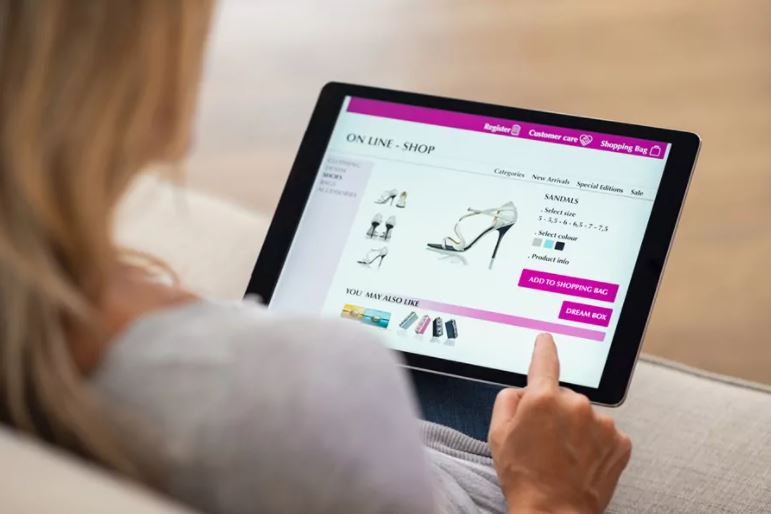 Online shopping carts are software that offers the necessary features for clients to buy something from your site. This might be a download, service, or product. Some shopping cart software is simplistic, adding just the bare essentials, like a checkout and products/services page. Additional shopping cart software will go the extra mile and include features for you to offer your clients a better shopping experience.
Online shopping carts are software that offers the necessary features for clients to buy something from your site. This might be a download, service, or product. Some shopping cart software is simplistic, adding just the bare essentials, like a checkout and products/services page. Additional shopping cart software will go the extra mile and include features for you to offer your clients a better shopping experience.
Shopping cart backend and frontend features
The customer-facing element is called the storefront or the frontend. It comprises an online store that clients browse. Usually, the administration side is named the backend, control panel, dashboard, or admin. They work collaboratively to allow clients to place orders and for you to process these orders.
If you simply need a mechanism for buying and selling, any of the basic shopping cart plugins will suffice.
Shopping cart solutions
There are several shopping cart options. The top ones include:
- Payment gateway
- Big Commerce
- WooCommerce
- Square online store
- Shopify
- 3dCart
Put plainly, a payment gateway involves a system that works behind the scenes of your site to offer a safe bridge for the payments received from clients on their way to your bank. The duty of a payment gateway includes providing additional security for the entire process and safeguarding you from chargebacks and fraud.
You’ll have to open a merchant account such as Square or Paypal ecommerce website that acts as a payment gateway.
When the customer pushes a button to buy one of your products, the shopping cart will send the payment over to the payment gateway. The payment gateway will find the right credit card company or bank account. Then, it’ll send a request to charge it for the overall sum of the purchase. The credit card company or bank will validate the account and make the decision to deny or approve the charge. If the customer’s card is not approved, it’ll send a message back informing you why it could not be processed.
Pros of Using PayPal Ecommerce Website
- It is easy to use and set up
- Your customers clients might already be familiar with this gateway
- Your customers do not have to have a PayPal account in order to pay you
- It’s possible to send and create invoices directly through your account
- Their fees are less than other merchant accounts
- It’s possible to set up recurring payments.
- It’s possible to integrate it with numerous shopping cart systems
- It’s safe
Cons of Using PayPal
- There are huge fees for chargebacks.
- You’re restricted in terms of use and will be subject to account suspension at any point, resulting in frozen funds for months.
- There are numerous people refusing to use PayPal, resulting in lost business.
- It may be hard to contact their customer service department.
The choice to use or not use this gateway as your main online payment processor is a major one and certainly can affect your business. It always is a great idea to explore all of your options before you make a decision.
While online shopping cart plugins do the majority of the work for you, you still must set up the pages then manage the products. Set aside around one hour to get the store completely set up. It’ll just take minutes to manage the inventory after the first installation.




